Snakes may not express emotions in ways we easily recognize, but these fascinating reptiles do experience states of stress, contentment, and everything in between. As a snake owner, you’ve likely noticed subtle changes in your pet’s behavior that indicate their mood. Whether your serpentine companion seems restless, defensive, or simply not their usual self, there are numerous ways to create a more positive environment. Understanding what makes your snake comfortable isn’t just about having a more peaceful pet—it’s essential for their overall health and longevity. This article explores ten effective strategies to immediately improve your snake’s mood, helping you build a stronger bond with your scaly friend while ensuring they thrive in your care.
1. Optimize Your Snake’s Enclosure Temperature

Temperature regulation is perhaps the most critical factor affecting your snake’s mood and overall well-being. Unlike mammals, snakes are ectothermic, meaning they rely on external heat sources to regulate their body temperature. An improperly heated enclosure can lead to digestive issues, lowered immunity, and stressed behavior. Establish a proper temperature gradient with a warm side (appropriate for your specific species) and a cooler side, allowing your snake to thermoregulate as needed. Use high-quality thermostats to maintain consistent temperatures and check readings in multiple locations within the enclosure. A snake that can properly thermoregulate will immediately show improved activity levels, better feeding responses, and more relaxed body posture.
2. Create Multiple Secure Hiding Spots
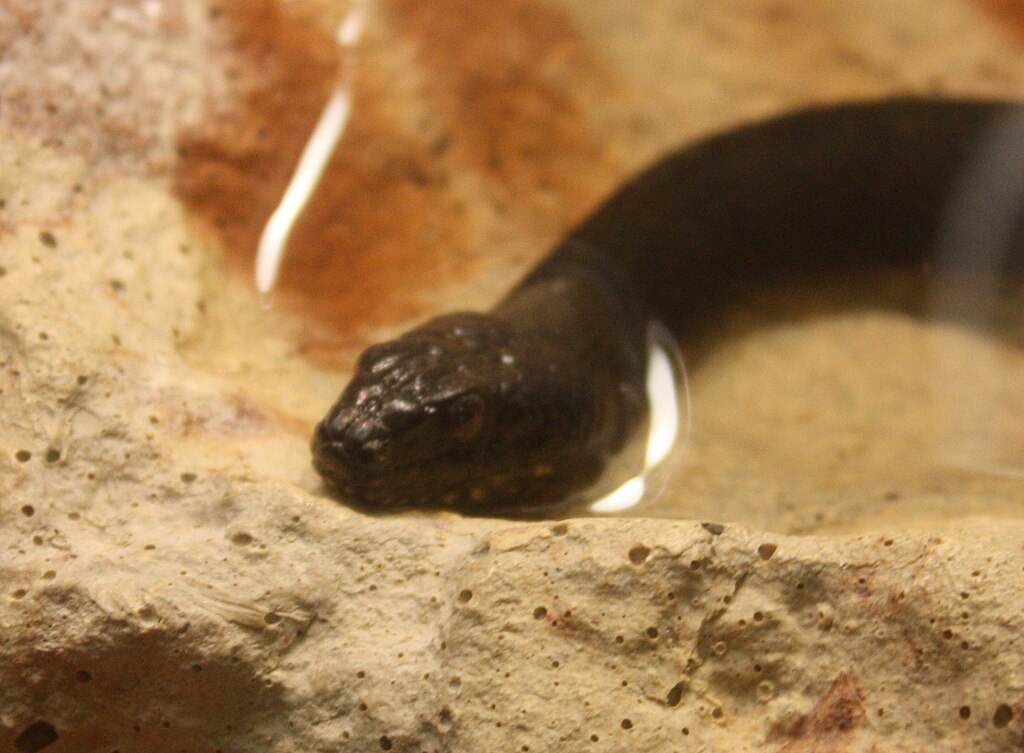
Snakes are naturally secretive animals that require adequate hiding places to feel secure in their environment. A snake lacking proper hides will often display stress behaviors like constant movement, refusing food, defensive posturing, or excessive time spent pressed against enclosure walls seeking escape. Provide at least two hides—one on the warm side and one on the cool side—allowing your snake to remain hidden while still being able to regulate its body temperature. The ideal hide should be snug (with your snake’s body touching the walls when curled inside), dark, and have only one entrance. Many species show an immediate mood improvement when given appropriate hiding options, often settling in within minutes of introducing a properly sized hide.
3. Reduce Handling During Sensitive Periods

While regular handling can help acclimatize your snake to human interaction, there are specific times when snakes should be left completely undisturbed. Avoid handling during the shedding process when your snake’s skin is opaque and its vision is compromised, making it feel particularly vulnerable. Similarly, respect your snake’s need for peace after feeding—handling during digestion can cause regurgitation, a seriously stressful event that can impact your snake’s health. New snakes should also be given an adjustment period of at least a week before handling attempts. Respecting these sensitive periods communicates safety to your snake and prevents negative associations with human interaction, leading to a more relaxed reptile that’s more amenable to handling when appropriate.
4. Provide Environmental Enrichment
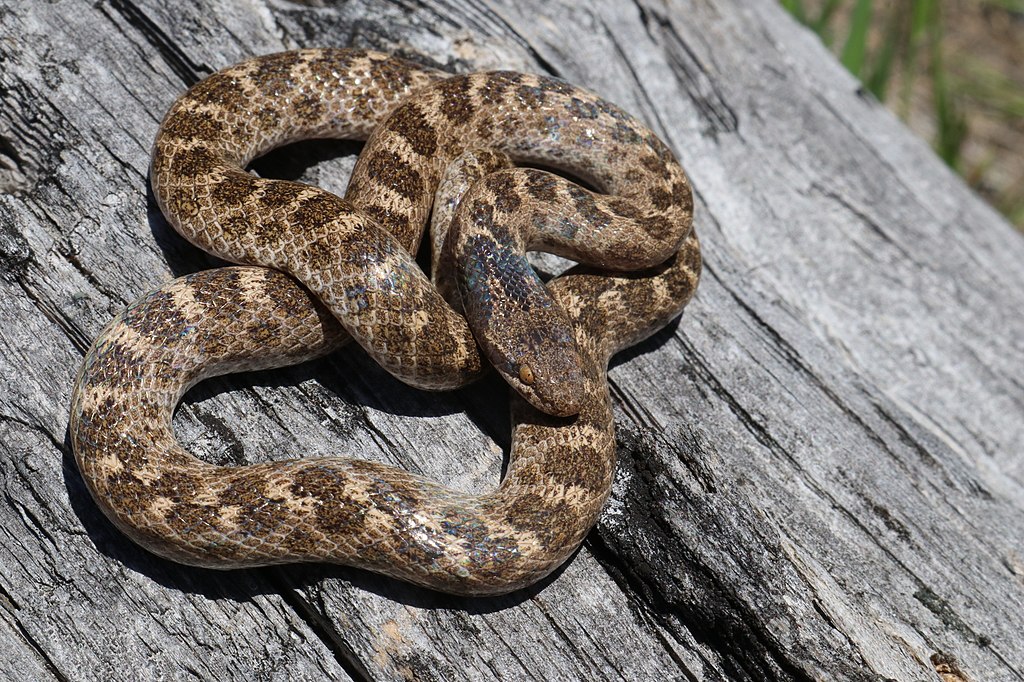
Contrary to popular belief, snakes benefit significantly from environmental enrichment that allows them to engage in natural behaviors. A barren enclosure with just the basics often leads to understimulated, less active snakes that may display stress behaviors. Depending on your snake’s species, consider adding climbing branches for arboreal species, deep substrate for burrowing species, or textured surfaces that assist with shedding. Even terrestrial species appreciate varied terrain with different levels, rocks, and natural elements that mimic their wild habitat. This enrichment doesn’t need to be complicated—even rearranging existing décor periodically can provide mental stimulation. Snakes given appropriate environmental complexity typically show increased exploration, improved muscle tone, and more natural behavior patterns.
5. Maintain Optimal Humidity Levels
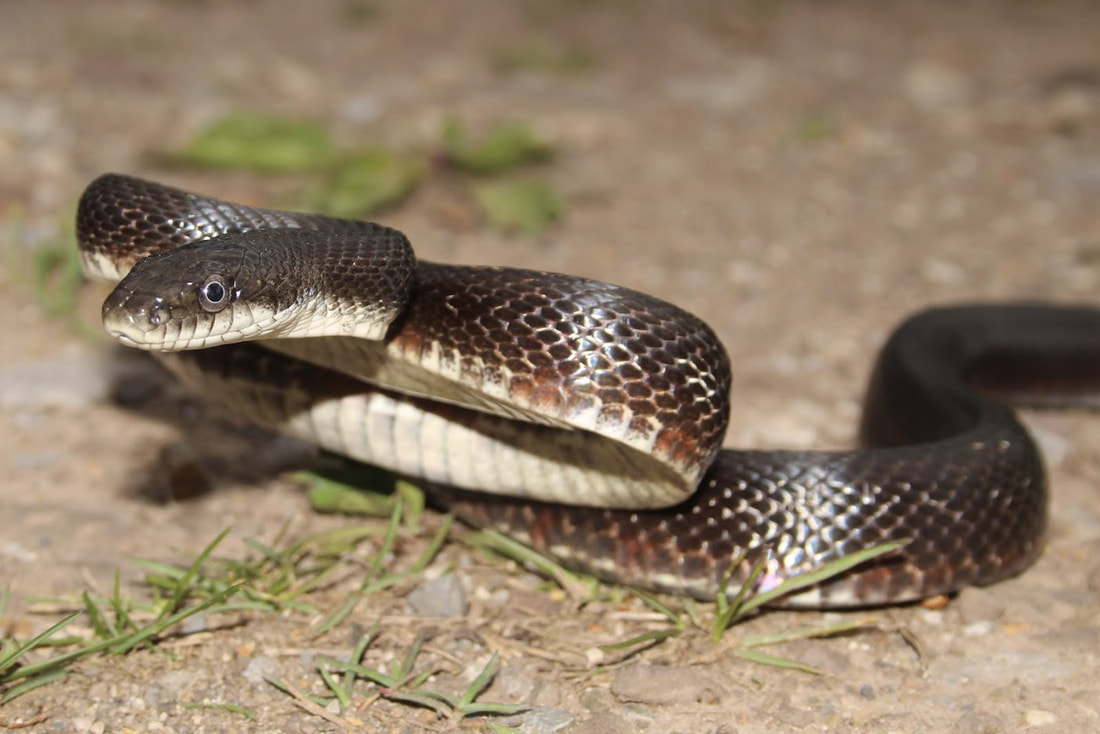
Incorrect humidity is a common but often overlooked source of snake discomfort that can rapidly affect mood and behavior. Too-dry conditions can lead to difficult sheds, respiratory issues, and dehydration, while excessive moisture may promote bacterial or fungal infections. Research your specific species’ humidity requirements and invest in a reliable hygrometer to monitor levels accurately. For species requiring higher humidity, misting systems, moisture-retaining substrates, or covered water dishes can help maintain appropriate levels. Species from arid environments may need more ventilation and less frequent misting. A snake in proper humidity conditions will show improved skin condition, more complete sheds, and generally more relaxed behavior as they’re not constantly trying to find appropriate microclimates within their enclosure.
6. Establish a Consistent Feeding Schedule
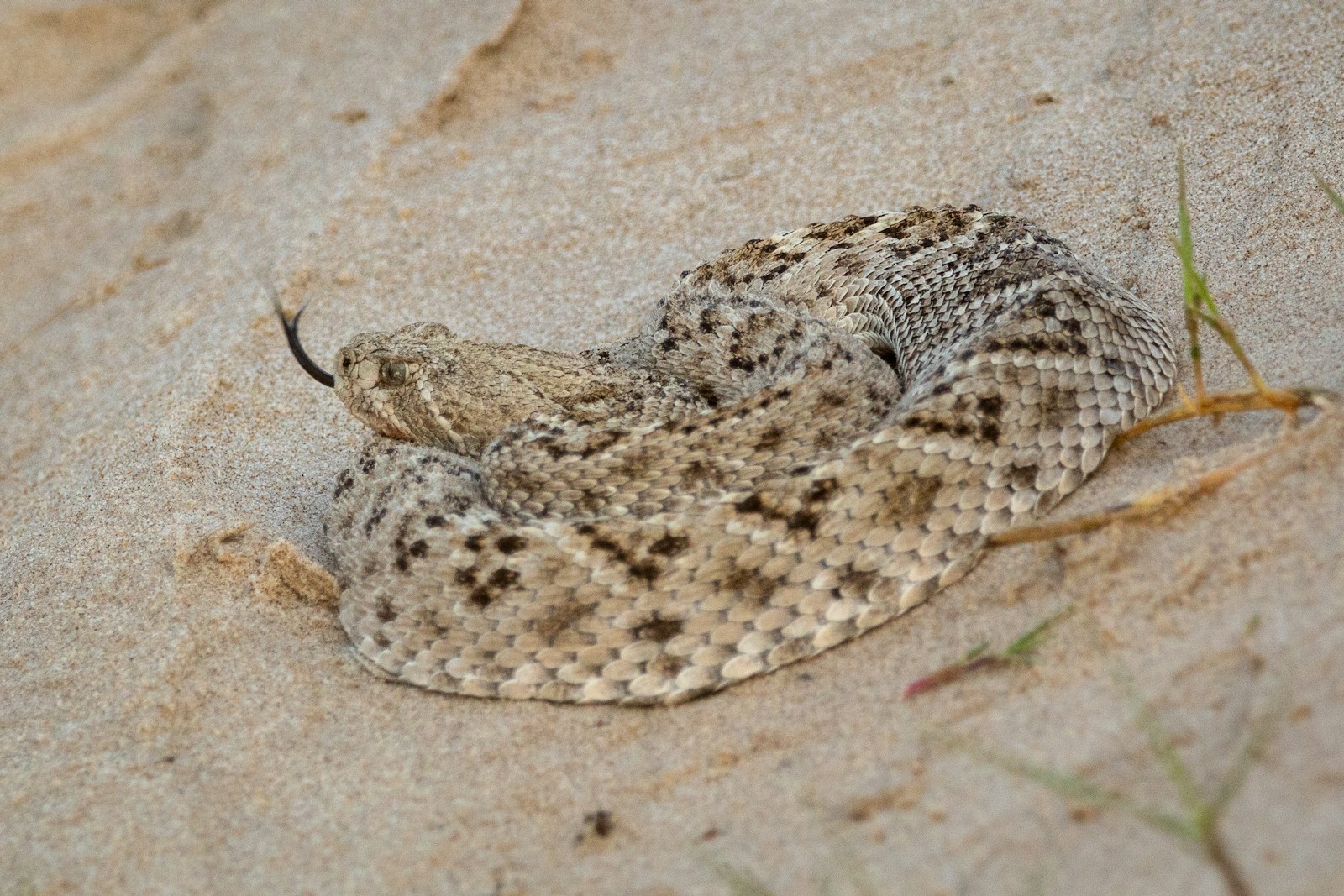
Unpredictable feeding times can create anxiety in snakes, particularly those with hearty appetites or species that are naturally more food-motivated. Establishing and maintaining a regular feeding schedule helps your snake develop a sense of security about when food will arrive, reducing food-seeking behaviors that can manifest as restlessness or aggression. Most adult snakes do well with feedings every 1-4 weeks depending on species, age, and size, while juveniles typically require more frequent meals. Pay attention to your individual snake’s needs rather than following generic guidelines too strictly. Many snake owners report that once a consistent schedule is established, their snakes become noticeably calmer between feedings and show more predictable behavioral patterns.
7. Minimize Unnecessary Vibrations and Disturbances
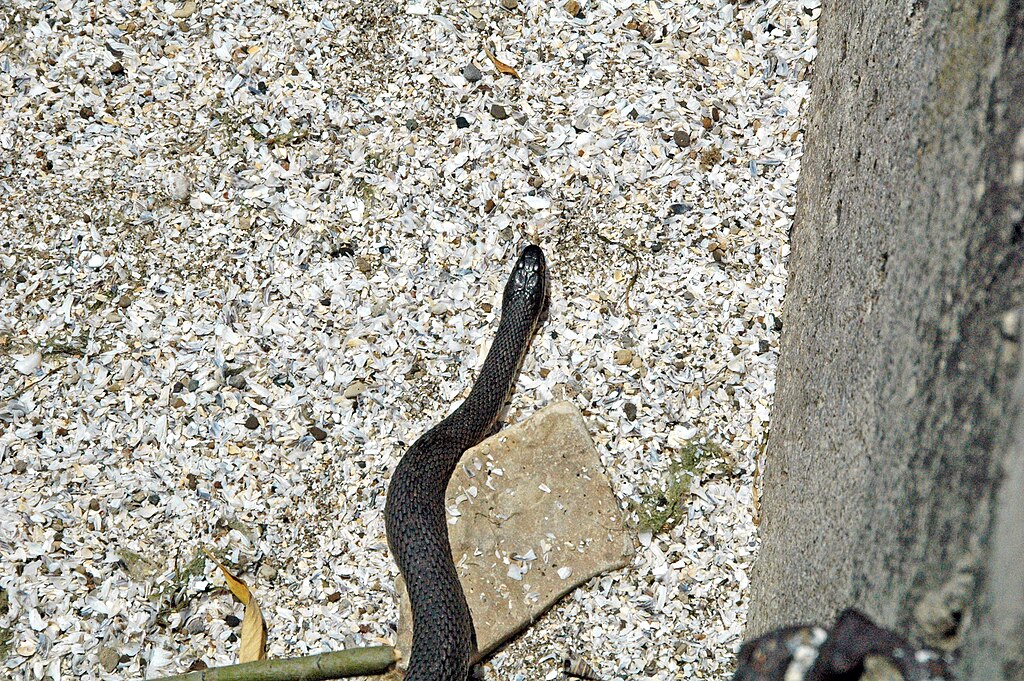
Snakes are incredibly sensitive to vibrations, perceiving them through their jawbones and bodies in contact with surfaces. What might seem like minimal noise to you—like a TV, loud music, or foot traffic—can translate to constant stress for your snake if its enclosure is placed in a high-activity area. Relocate your snake’s habitat away from speakers, washing machines, or high-traffic pathways where possible. Place the enclosure on a sturdy surface that doesn’t easily transmit vibrations, and consider using vibration-dampening materials beneath the enclosure. For particularly sensitive species or individuals, covering part of the enclosure with a light cloth can provide an additional sense of security. Many snake owners are surprised by the immediate positive change in their pet’s behavior simply from moving the enclosure to a quieter location.
8. Respect Your Snake’s Natural Activity Cycle

Different snake species have evolved to be active at specific times of day, and working with rather than against these natural rhythms can significantly improve your snake’s mood. Nocturnal species like ball pythons, for example, may become stressed if regularly disturbed during their daytime rest period. Similarly, diurnal species like certain rat snakes might become irritable if their nighttime rest is interrupted. Observe your snake’s natural patterns and schedule interactions, enclosure maintenance, and feeding during times when your snake is naturally more alert and active. Providing appropriate lighting that mimics natural day/night cycles helps reinforce these patterns. When you align your care routine with your snake’s biological clock, you’ll likely notice more predictable behavior and a generally more responsive, less defensive animal.
9. Ensure Proper Enclosure Size and Setup

Both undersized and oversized enclosures can negatively impact your snake’s sense of security and overall mood. An enclosure that’s too small restricts natural movement and can lead to stress behaviors like constant perimeter pacing or attempted escape. Conversely, an excessively large enclosure without adequate hiding places can make some species feel exposed and vulnerable. The ideal enclosure allows your snake to fully stretch out along at least two sides (though not necessarily at the same time) and contains appropriate furnishings to create secure microhabitats. Consider your snake’s natural habitat—arboreal species need vertical space, while terrestrial or fossorial species benefit from floor space and substrate depth. A properly sized and arranged enclosure often results in a more confident snake that displays natural behaviors rather than stress responses.
10. Recognize and Respond to Individual Preferences
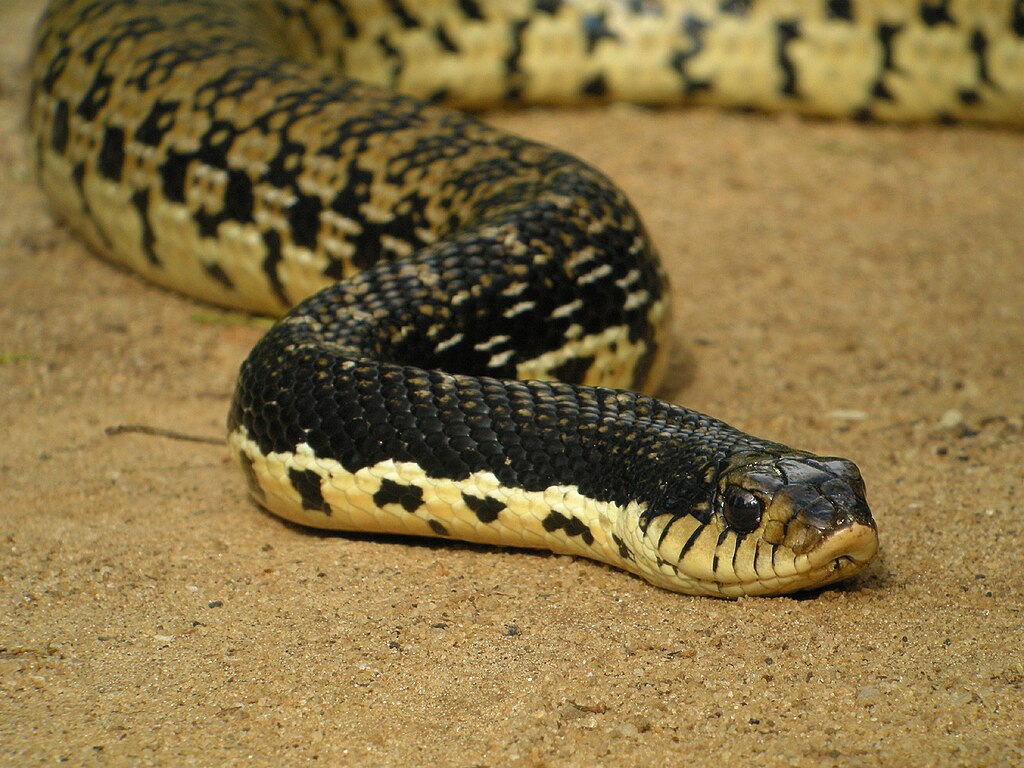
Perhaps the most overlooked aspect of snake care is recognizing that each snake has individual preferences and personality traits that affect what makes them comfortable. Some snakes may prefer tighter hides while others choose more open retreats; certain individuals might enjoy climbing opportunities even if their species isn’t typically arboreal. Pay close attention to where your snake spends most of its time, what behaviors it displays in different circumstances, and how it responds to various handling techniques. Keep a simple log of your observations to identify patterns in your snake’s preferences and behavior. When you make adjustments based on these individual preferences rather than just general species guidelines, you’ll often see an immediate positive change in your snake’s demeanor and activity level.
11. Maintain Scrupulous Enclosure Cleanliness
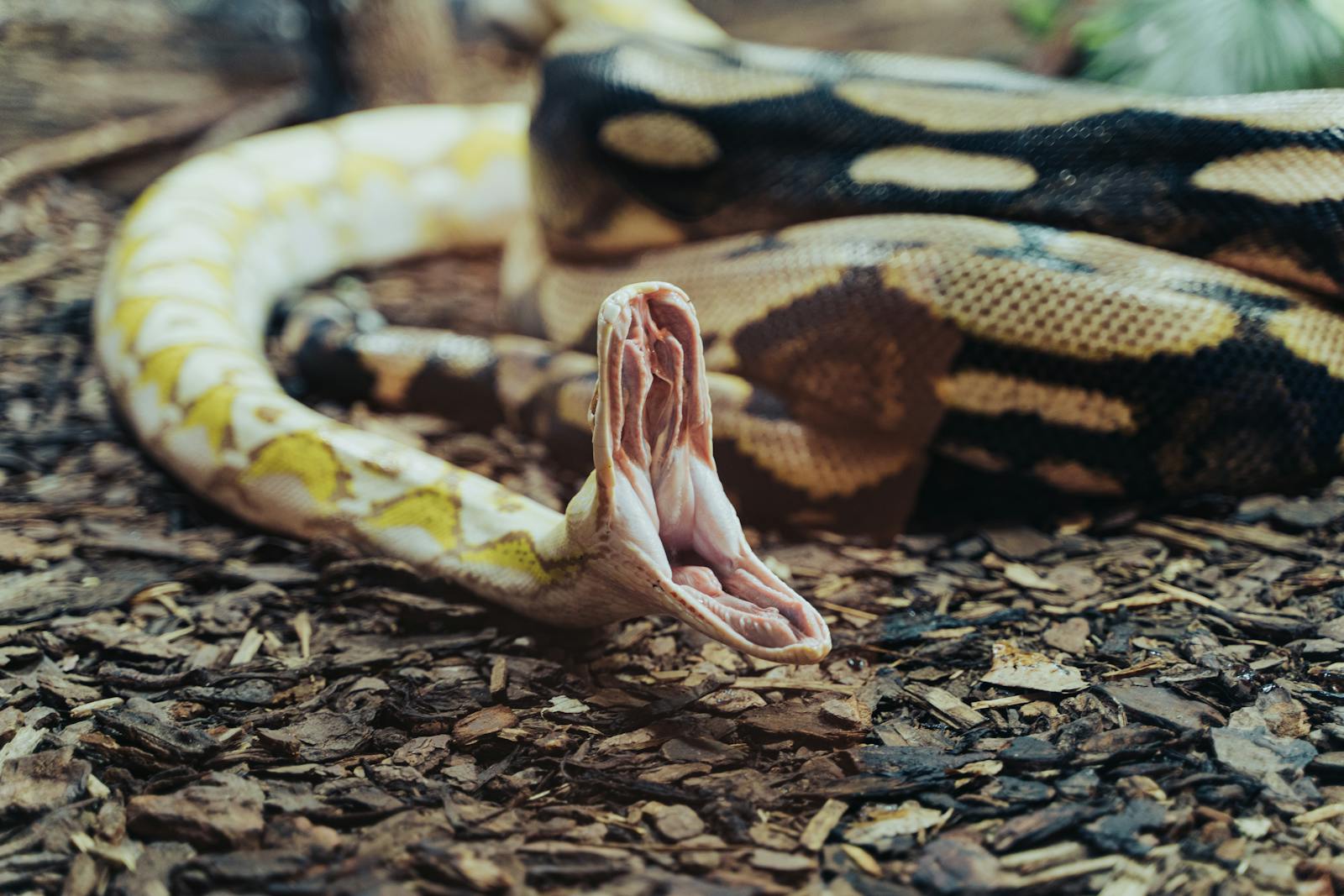
A clean environment is fundamental to your snake’s physical health and psychological well-being, though many owners underestimate how quickly waste products can affect enclosure conditions. Uneaten prey items should be removed promptly (within 24 hours), and waste should be spot-cleaned as soon as you notice it. Bacteria and mold can grow rapidly in the warm, sometimes humid conditions of snake enclosures, potentially causing skin infections, respiratory issues, and general discomfort. Develop a regular schedule for partial substrate changes, disinfection of surfaces, and complete enclosure overhauls appropriate to your setup type. Many snakes show noticeably more relaxed behavior and improved activity patterns immediately following enclosure cleaning, particularly if waste had been accumulating.
12. Establish Trust Through Consistent, Gentle Handling
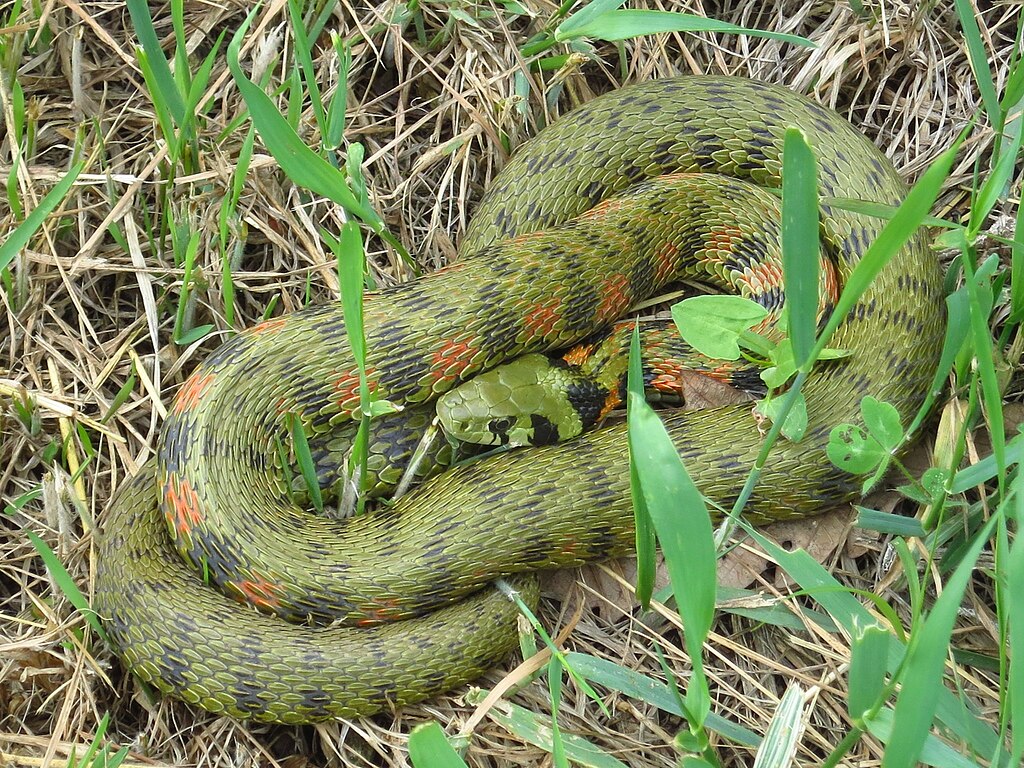
For many captive snakes, human interaction becomes a regular part of life, and establishing positive handling experiences can significantly improve their overall mood and stress levels. Begin with brief, gentle handling sessions during your snake’s active period, supporting their body properly without restricting movement. Avoid approaching from above (which mimics predator attacks) and instead scoop from the side or below. Allow your snake to move freely across your hands and arms rather than restraining it, which builds confidence in the handling experience. Consistency is key—regular short sessions are better than infrequent long ones. Many snake owners report that after establishing a positive handling routine, their snakes become noticeably more relaxed even when being removed from their enclosure, with defensive behaviors like hissing, striking, or ball-forming decreasing significantly over time.
Conclusion: Creating a Thriving Environment for Your Serpentine Companion

Improving your snake’s mood isn’t simply about having a more docile pet—it’s about creating conditions that allow this remarkable animal to thrive physically and behaviorally. By implementing these strategies, you’re not just addressing surface-level behaviors but promoting comprehensive well-being. Remember that changes in your snake’s demeanor offer important feedback about their environment and care; a relaxed, normally active snake with good feeding responses typically indicates you’re meeting their needs effectively. Each species and individual has unique requirements, so observe your particular snake carefully and be willing to adjust your approach accordingly. With patience and attentiveness, you’ll develop an intuitive understanding of your snake’s needs, strengthening the unique bond between you and your reptilian companion while ensuring they experience the highest quality of life possible in captivity.





